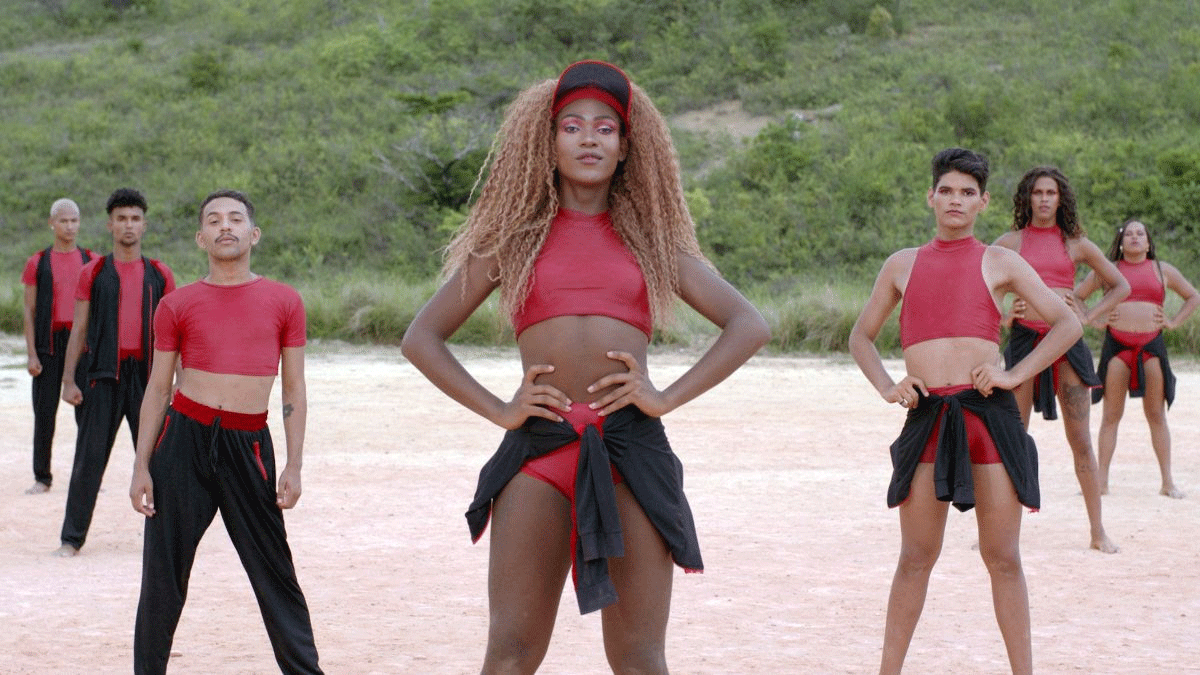ArtReview sent a questionnaire to artists and curators exhibiting in and curating the various national pavilions of the 2019 Venice Biennale, the responses to which will be published daily in the lead-up to the Venice Biennale opening on 11 May.
Bárbara Wagner & Benjamin de Burca are representing Brazil. The pavilion is in the Giardini.
What can you tell us about your exhibition plans for Venice?
For Venice we will present a two-channel synchronised film entitled Swinguerra, a word play on ‘Swingueira’ (a music and dance form originating in Bahia). Combining ‘swing’ with the word ‘guerra’ (war), the work explores three related dance movements that take place in the peripheries of the city of Recife today. These movements represent, in their essence, a resistance to the hardships faced as a result of economic pressures derived from social and political prejudices.
What does it mean to ‘represent’ Brazil? Do you find it an honour or is it problematic?
All manner of representation is problematic, especially when it comes to nation states, but that does not necessarily suggest it should not be done. The point is to open up readings that embrace complexity and variation as opposed to narrowing down and pinpointing some unilateral proposal of what makes a country tick. In relation to Brazil, there is no possible single view perspective of such a vast and complex landmass, regardless of what direction political and religious leaders would wish for the country.
Is your work transnational or rooted in the local?
The work is rooted in the local. Though, in our current globalised state it is increasingly difficult to suggest themes that are not transnational to some extent. With the advent of the internet, traditions rooted in the local become influenced by global movements, almost as a matter of survival. The internet has radicalised international influences for younger generations that accept and incorporate tastes shaped around dominant global cultures. In this sense if a young indigenous Brazilian person, embedded in the local can perform centuries old rites and rituals, while also accessing and dancing to, say, Beyoncé, then both of these carry political weight. Swinguerra is rooted locally but is packs universal (or transnational) themes.
How does a having a pavilion in Venice make a difference to the art scene in Brazil?
The Brazilian art, and cultural scene in general are experiencing a retrogressive downgrading by the powers that be, which unfortunately has had an impact on public opinion towards the value of art and culture as a social vehicle for good, and more dangerously has lead to people vetting what makes ‘good’ art and what is ‘not’ art. In recent years much art production has become misconstrued in its meaning ranging across the spectrum from light distaste (considering it futile or a waste of time or public money) to outright attacks on art as mobilising moral perversion in society; That art even excuses or encourages pedophilia as occurred in one particular example during a high profile art event. Naturally this extreme and intolerant view is emboldened by a right wing hate-oriented fake news machine that is itself deeply perverted in its aims.
Venice therefore is vital to the Brazilian art scene under attack. For this right wing element that seeks to repress artistic expression in Brazil, the platform in Venice does not exist since it is beyond the narrow boundaries of their ultra conservative, nationalist vision.
The Venice Biennale runs 11 May – 24 November
